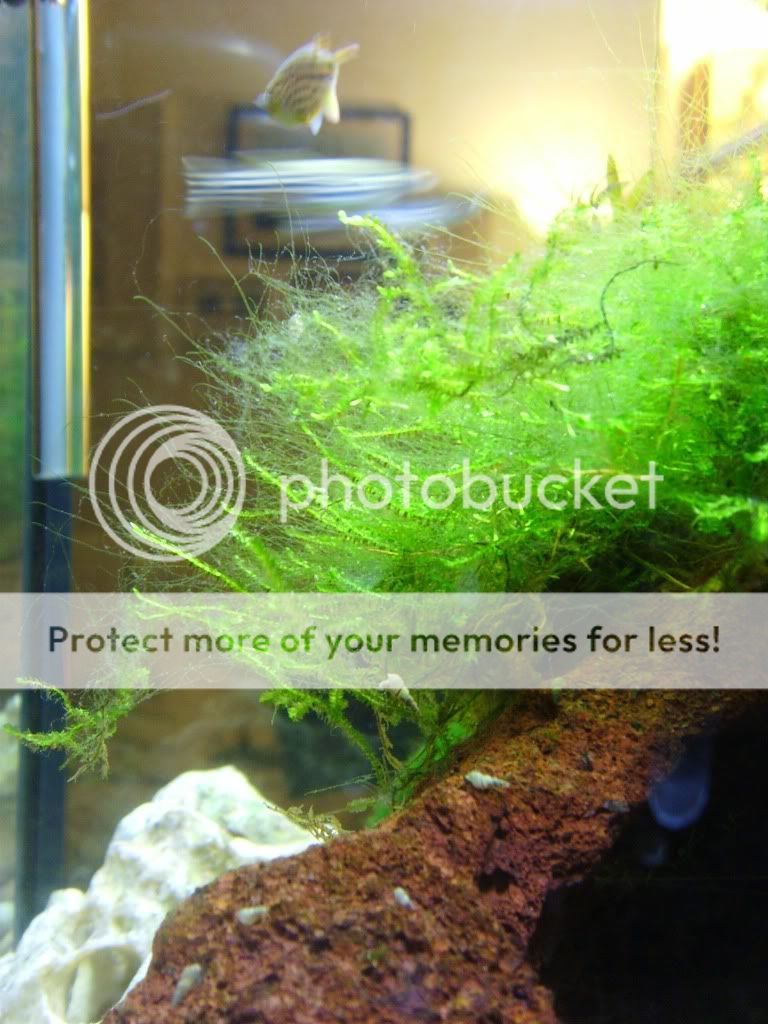I'm baffled to hear that the "siesta" period is something that "only benefits algae" and was used "years and years ago" when I've only been trying to kill live plants in my tank for about a year and a half now, and I know for a fact that I learned about the "siesta" period on this very forum sometime within that very same year and a half time period.
How "common" is this knowledge supposed to be at this point and/or are we just making these things up as we go now?
"People with DIY (yeast based CO2) were the ones that benefitted from this method.
People using pressurised CO2 have never needed to have the midday siesta.
CO2 tanks generally have higher light levels than non CO2, as the light levels are the primary driver for plant growth. At around 2WPG of the very vague WPG rule, CO2 is essential in order to prevent plant deficiencies rapidly surfacing in a fast growing environment. Once a healthy plant becomes nutrient deficient, it will start to leach ammonia in to the water column.
This is why plants, arguably the best anti algae device available, actually become infested in algae, due to localised high levels of ammonia. This implies, to me, that ammonia is an algae trigger. Make CO2 a limiting nutrient in a high light planted tank and BBA and staghorn algae are virtually guaranteed visitors, clinging to leaf edges. Plants take their cue from low CO2, and start to transfer their efforts in to manufacturing RuBisCo for fixing the carbon from CO2. In a high CO2 environment, plants will not produce RuBisCo to the same levels, and just use what CO2 is readily available to them, whether it be gaseous (preferred form), or aqueous. Plants in elevated CO2 environments concentrate their energies on food production and storage, rather than use valuable resources on uptake enzymes. Once the plants are no longer growing, and producing RuBisCo, ammonia can leach across the cell walls as carbon becomes limiting, and algae now takes this as a cue to bloom.
My belief is that DIY methods are far less efficient at delivering CO2 to the water column, and increased photosynthesis during the photo period depletes the CO2 levels, making it a limiting nutrient to plant growth. Having the light siesta during the photoperiod halts the photosynthesis before CO2 depletion, allowing the CO2 to build back up again to non limiting levels for the next time the lights come on.
The method for diffusing DIY CO2 could possibly alleviate the need to run the siesta. Many people with DIY CO2 use Hagen ladders, and the like, for CO2 diffusion. A better method would be to use a ceramic diffuser, with the filter outlet blowing the resultant micro bubbles around the tank. These bubbles become trapped among the plants, and under leaves, making the CO2 available to them in their preferred gaseous form. I have always had more pearling from this method than any other ie ladders, inline CO2 reactors, diffusing in to the filter suction.
The siesta is, therefore, suggesting that CO2 levels are too low to run a full, uninetrrupted photoperiod. Algae is the first to respond to the lights coming on (pearling being a good indication of this), but the benefits of not depleting the CO2 to the point of it becoming a limiting nutrient, and allowing the levels to recover during the siesta outweigh this.
In conclusion, I would say that the siesta could be beneficial to some people using DIY CO2, but all they are doing is showing that they do not have enough CO2. Its potential to prevent algae is a bonus, but it is the CO2 levels that need addressing. To eradicate the need for the siesta, drive down CO2 requirements by reducing lighting, improve diffusion/water movement or go pressurised."
Quoting myself from a post on this forum two years ago.
Dave.
 .
. .
.
 /www.theplantedtank.co.uk/algae.htm
/www.theplantedtank.co.uk/algae.htm I'll tell you, 5 years ago, the planted guy at my LFS in Illinois almost had a cow when I was starting EI because I was adding the nutrients in excess. We argued quite heatedly. I showed him pictures of my 15g and he was quiet really fast.
I'll tell you, 5 years ago, the planted guy at my LFS in Illinois almost had a cow when I was starting EI because I was adding the nutrients in excess. We argued quite heatedly. I showed him pictures of my 15g and he was quiet really fast. 
